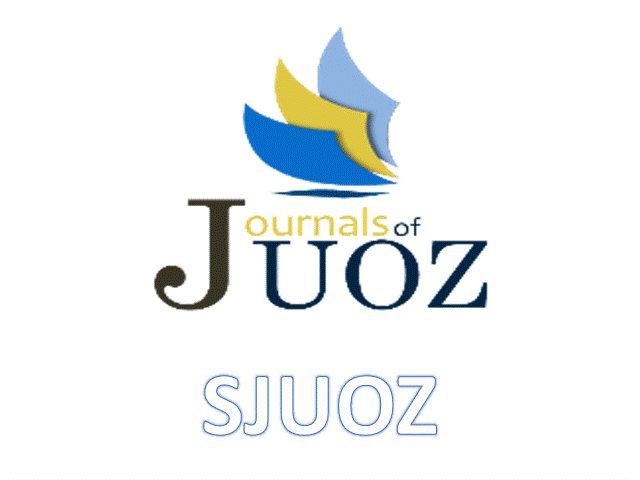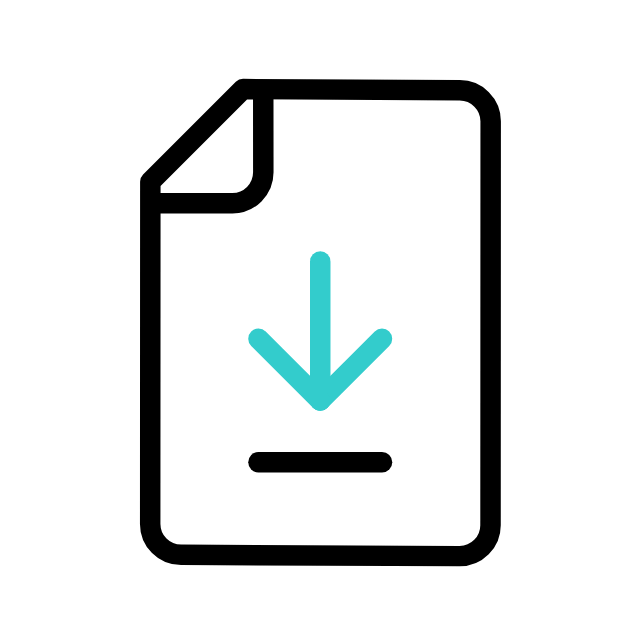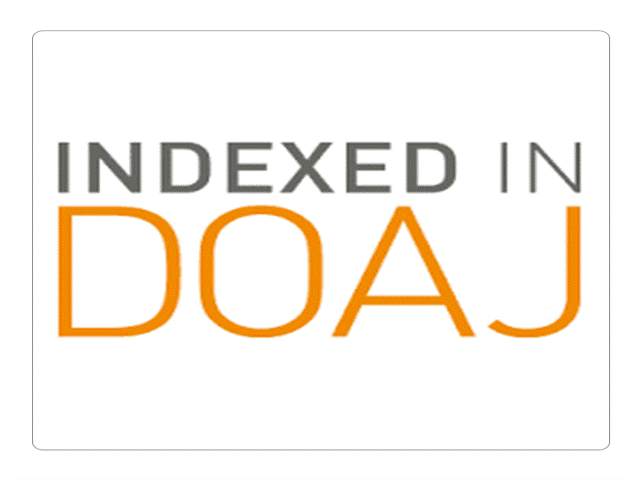Effect of Parainfluenza Virus Infection on Human Immuno-Inflammatory Genes Expression and Gene Ontology Analysis
Keywords:
RT-PCR-arrays, Parainfluenza virus- white blood cell interaction, inflammatory gene expression, cytokines, cytokines receptorsAbstract
Parainfluenza virus (PIV) causes respiratory infections with high rates of morbidity and mortality in Children and immune-deficiency patients worldwide. The aim of this study is to detect the changes of mRNA expression of 84 human inflammatory genes and gene ontology analysis. From 90 patients only 2 gave positive IgM –PIV test. PIV infection caused over expression of 25 prominent genes (from 168 genes) affect functional pathways, ten of these genes regard as proinflammatory genes. Three genes were down-regulated; this suggests that the host-viral interaction is a cellular response against viral infection. In conclusion: Gene ontology analysis revealed that PIV stimulated 4 different key role immunological pathways represented by cytokine-cytokine receptor interaction, NOD-like receptor signaling, Toll-like receptor signaling, and asthma pathway. The patients are mostly infected with related subtypes of PIV. These results may help in further analysis of viral-host interaction.
Downloads
References
Andrejeva, J., Childs, K., Young, D., Carlos, T., Stock, N., Goodbourn, S. and Randall, R. (2004). The V proteins of paramyxoviruses bind the IFN-inducible RNA helicase, mda-5, and inhibit its activation of the IFN-β promoter, Proceedings of National Academy of Sciences of the United State of America, 101 (49). 17264-17269.
Andrejeva, J., Young, D. , Goodbourn, S., and Randall, R. (2002). Degradation of STAT1 and STAT2 by the V proteins of simian virus 5 and human parainfluenza virus type 2, respectively: consequences for virus replication in the presence of alpha/beta and gamma interferons, Journal of Virology, 76, 2159-2167.
Asadullah, K., Sterry, W., and Volkh, D. (2003). Interleukin-10 therapy-review of a new approach, Pharmacological Review, 55, 241–269.
Bienhoff, S., Allen, G., and Berg, J., (1992). Release of tumor necrosis factor- alpha from bovine alveolar macrophages stimulated with bovine respiratory viruses and bacterial endotoxins, Veterinary Immunology and Immunopathology, 30(4). 341-357.
Bubfeld, D., Kaufmann, A., Meyer, R., Gemsa, D., Sprenger, H., (1998). Differential mononuclear leukocyte attracting chemokine production after stimulation with active and inactivated influenza A virus, Cell Immunology, 186, 1–7.
Campeau, P., Rafei, M., Boivin, M., Sun, Y., Grabowski, G., Galipeau, J. (2009). Characterization of Gaucher disease bone marrow mesenchymal stromal cells reveals an altered inflammatory secretome, Blood, 114(15). 3181-3190.
Clewley J. (2004). A role for arrays in clinical virology: fact or fiction, Journal of Clinical Virology, 29, 2-12.
Constantin, G., Majeed, M., Giagulli, C., Piccio, L., Kim, J., and Butcher, E. (2000). Chemokines trigger immediate β2 integrin affinity and mobility changes: differential regulation and roles in lymphocyte arrest under flow, Immunity, 13, 759–769.
Dennis, G Jr., Sherman, BT., Hosack, DA., Yang, J., Gao, W., Lane, HC., Lempicki, RA. (2003). DAVID: Database for Annotation, Visualization, and Integrated Discovery. Genome Biology, 4 (5). 3
De Waal M., Haanen, J., Spits, H., Roncarolo, M., Te Velde, A., Figdor, C., Johnson, K., Kastelein, R., Yssel, H., and De Vries, J. (1991). Interleukin 10 (IL-10) and viral IL-10 strongly reduce Ag-specific human T cell proliferation by diminishing the antigen presenting capacity of monocytes via down-regulation of class II major histocompatibility complex expression, Journal of Experimental Medicine, 174, 915.
Garofalo, R., Mei, F., Espejo, R., Haeberle, G., Ye, H., Baron, S., Ogra, P., and Reyes V. (1996). Respiratory syncytial virus infection of human respiratory epithelial cells up-regulates class I MHC expression through the induction of IFN- beta and IL-1 alpha, The Journal of Immunology, 157 (6). 2506-2513.
Geiler J., Michaelis M., Naczk P., Leutz A., Langer K., Doerr H., and Jr J. (2010) N-acetyl-L-cysteine (NAC) inhibits virus replication and expression of pro-inflammatory molecules in A549 cells infected with highly pathogenic H5N1 influenza A virus, Biochemical Pharmacology, 79, 413-420.
Green, DR. (2000). Apoptotic Pathways: paper wraps stone blunts scissors, Cell, 102:1-4.
Grissell T., Heather P., Darren R., Michael J. Boyle, M., Peter D., Bruce F. and Peter G. (2005). Interleukin-10 gene expression in acute virus-induced asthma, American Journal of Respiratory and Critical Care Medicine, 172, 433-439.
Grosu P, Townsend J, Hartl D, and Cavalieri D: Pathway processor: a tool for integrating whole-genome expression results into metabolic networks. Genome Research, 2002, 12:1121-1126.
Haller O, Kochs G., and Weber F., (2006). The interferon response circuit: Induction and suppression by pathogenic viruses, Virology, 344, 119–130.
Henrickson, K. (2005). Cost-effective use of rapid diagnostic techniques in the treatment and prevention of viral respiratory infections, Pediatrics Annual, 34, 24-31.
Huang H., Li H., Zhou P., and Ju D. (2010). Protective effects of recombinant human granulocyte macrophage colony stimulating factor on H1N1 influenza virus-induced pneumonia in mice, Cytokine, 51, 2, 151-157.
Huang D, Sherman B, Lempicki R. (2009). Systematic and integrative analysis of large gene lists using DAVID Bioinformatics Resources, Nature Protocol, 4(1). 44-57.
Jacob E., Shannon C. Miller, J., Boa L, Craig G., Tres C., Alan D. and David L. (2008). The chemokine receptor CCR5 plays a key role in the early memory CD8+T-cell response to respiratory virus infections, Cell, 29(1). 101-113.
Joshua S., Ann R., Feng C., and Neal S. (2006). Statistical analysis of real-time PCR data BMC Bioinformatics,7:85doi:10.1186/1471-2105-7-85.
Kotenko S., Gallagher G., Baurin V., Lewis-Antes A., Shen M, Shah N., Langer J., Sheikh F., Dickensheets H., and Donnelly R., (2003). IFN-lambdas mediate antiviral protection through a distinct class II cytokine receptor complex, Nature Immunology, 4, 69-75.
Liao F, Rabin R, Smith C, Sharma G, Nutman T., Farber J. (1999). CC-chemokine receptor 6 is expressed on diverse memory subsets of T cells and determines responsiveness to macrophage inflammatory protein 3 alpha, Journal of Immunology,; 162, 186–94.
Lin Y., Minghao S. , Sandra M., Celia D., Terri R., and Biao H. (2007). Inhibition of interleukin-6 expression by the V protein of parainfluenza virus 5. Virology, 368, (2): 262-272.
Mege J., Soraya M., Amelie H., Christian C., and Didier R. (2006). The two faces of interleukin 10 in human infectious diseases, The Lancet Infectious Diseases, 6 (9). 557-569.
Mehta, D., Wurster A., Whitters M., Young D., Collins M., and Grusby M.
(2003). IL-21 induces the apoptosis of resting and activated primary B cells. Journal of Immunology, 170, 4111.
Myskiw C, Arsenio J, van Bruggen R, Deschambault Y, Cao J. (2009). Vaccinia virus E3 suppresses expression of diverse cytokines through inhibition. Journal of Virology, 83(13):6757-68.
Papandopoulos N, Papi A, Meyer J, Stanciu L, Salvi S,Holgate S, Johanston S, (2001). Rhinovirus infection up-regulates eotaxin and eotaxin-2 expression in bronchial epithelial cells, Clincal and Experimental Allergy, 31(7). 1060-6.
Penelope A., Bryant D., Roy R., and Nigel C. (2004). Chips with everything: DNA microarrays infectious diseases, Lancet Infectious Diseases, 4, 100–111.
Rinyet J., Jeroen P., Hennie H., Annemarie B. Marijke O., Lia d, Kemal O., Jan D, Tjeerd K., and Hoebee, B. (2005). Host transcription profiles upon primary respiratory syncytial virus infection, Journal of Virology, 81, 5958-5967.
Rosseau Simone, Andreas Hocke, Hans Mollenkopf, Bernd Schmeck, Norbert Suttorp, Stefan H E Kaufmann, and Jens Zerrahn (2007). Comparative transcriptional profiling of the lung reveals shared and distinct features of Streptococcus pneumoniae and influenza A virus infection, Immunology, 120 (3), 380–391.
Sallusto F, Lanzavecchia A. (2000). Understanding dendritic cell and T-lymphocyte traffic through the analysis of chemokine receptor expression, Immunology Review, 177, 134–140.
Schaller M., Cory M., Nicholas L and Steven L. (2006). Respiratory viral infections drive chemokine expression and exacerbate the asthmatic response, Journal of Allergy and Clinical Immunology, 118, 295-302.
Sebastian T., and Johanson P. (2009). RasV12-mediated down-regulation of CCAAT/enhancer binding protein beta in immortalized fibroblasts requires loss of p19Arf and facilitates bypass of oncogene-induced senescence, Cancer Research, 15; 69(6): 2588-2598.
Sieg S., King C., Huang Y., and Kaplan D., (1996). The role of interleukin-10 in the inhibition of T-cell proliferation and apoptosis mediated by parainfluenza virus type 3, Journal of Virology, 70, 4845.
Simpson J., Scott R., Boyle M., and Gibson G. (2006). Inflammatory subtypes in asthma: assessment and identification using induced sputum, Respirology, 11, 54−61.
Stuart A., and Nancy R. (2001). Cytokines and Acute Neurodegeneration. Nature reviews, Neuroscience, 2, 734.
Tripp R., Les P., Lia M., HaoQiang Z., Philip M. and Larry J. (2004). CX3C chemokine mimicry by respiratory syncytialvirus G glycoprotein. Natural Immunology, 2: 732–738.
Umetsu D., McIntire J., Akbari O., Macaubas C., and DeKruyff R. (2002). Asthma: An epidemic of dysregulated immunity, Nature Immunology, 3, 715−720.
Wang X, Hamza M, Wu T, Dionne R, (2009). Upregulation of IL-6, IL-8 and CCL2 gene expression after acute inflammation: Correlation to clinical pain, Pain, 142 (3), 275-83.
Weiss Elliot, Adam Joseph Mamelak, Stephania La Morgia, Binghe Wang, Claudio Feliciani, Antonio Tulli, and Daniel Nathan Sauder, (2004). The role of interleukin 10 in the pathogenesis andpotential treatment of skin diseases. Journal of American Academy Dermatology, 50(5), 657-675.
Young D., Didcock L., Goodbourn S., and Randall R., (2000). Paramyxoviridae Use Distinct Virus-Specific Mechanisms to Circumvent the Interferon Response, Virology, 269 (2), 383-390.
Zlotnik A., Yoshie O., and Nomiyama H., (2006). The chemokine and chemokine receptor superfamilies and their molecular evolution, Genome Biology, 7, 243.
Downloads
Published
How to Cite
Issue
Section
License
Copyright (c) 2013 ABDULRHEM THONNON AL-GHAZAL, SAID IBRAHEM ISMAIL, YOUSUF IBRAHEM UMARY, RULA FAIEK AL-KHUZIE

This work is licensed under a Creative Commons Attribution 4.0 International License.
Authors who publish with this journal agree to the following terms:
- Authors retain copyright and grant the journal right of first publication with the work simultaneously licensed under a Creative Commons Attribution License [CC BY-NC-SA 4.0] that allows others to share the work with an acknowledgment of the work's authorship and initial publication in this journal.
- Authors are able to enter into separate, additional contractual arrangements for the non-exclusive distribution of the journal's published version of the work, with an acknowledgment of its initial publication in this journal.
- Authors are permitted and encouraged to post their work online.








